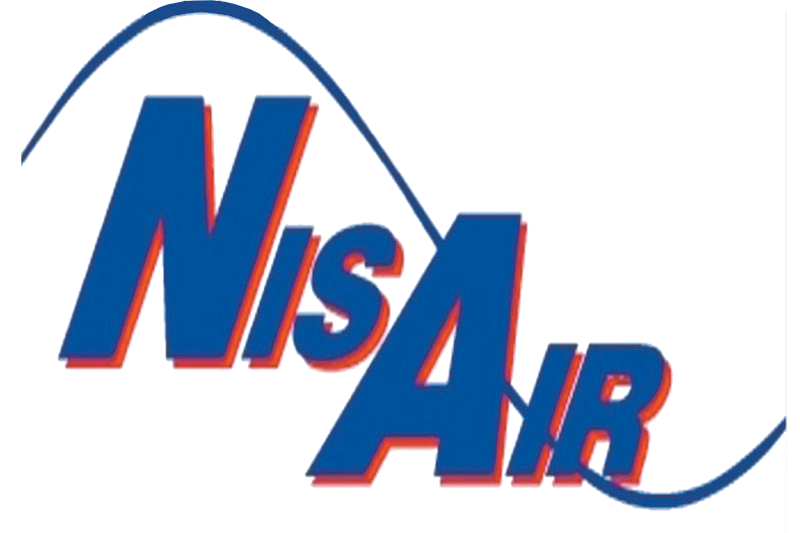How to Understand the EnergyGuide Label on Your HVAC System
When you need a new HVAC system, use the EnergyGuide label—the yellow tag with information regarding the appliance’s estimated annual energy needs—to determine future operational costs. This label demonstrates that the item passed the U.S. Department of Energy’s Appliance Standards Program, and you can use it when comparison-shopping for most any major appliance.
EnergyGuide Label Basics
- Fine print: Under the word “EnergyGuide,” there are two columns of small text on either side of the label. The left side lists the appliance’s key features. The right side lists specific information about the item, such as the manufacturer, model number and the appliance’s capacity or size.
- Estimated yearly operating cost: The respective section under the word “EnergyGuide” has a dollar amount in big text and a small graph. The dollar amount is an estimate of how much it will cost you to operate the appliance every year, based on the average national energy cost. The graph underneath shows the range of yearly operating costs for similar appliances. For most appliances, this section has a yellow background with black text. For refrigerators and stand-alone freezers, this section has yellow text and a black background.
- Estimated yearly electricity use: This section displays an estimate of the appliance’s annual energy use in kilowatt-hours (kWh). To get a better idea about how much it will cost you use the appliance every year, multiply the kilowatt-hours by your electricity rate, which you’ll find on your energy bill.
- Energy Star Logo: An appliance with the Energy Star logo on the bottom right corner of the EnergyGuide label signifies that it’s more energy efficient than similar standard appliances.
When shopping for a new HVAC system, or any major appliance, the EnergyGuide label gives you insight into the item’s operational costs.
To learn about comfort solutions that help save energy and money, contact NisAir Air Conditioning and Heating. We’ve proudly served Florida’s Martin, Indian River and Palm Beach counties since 1973.

